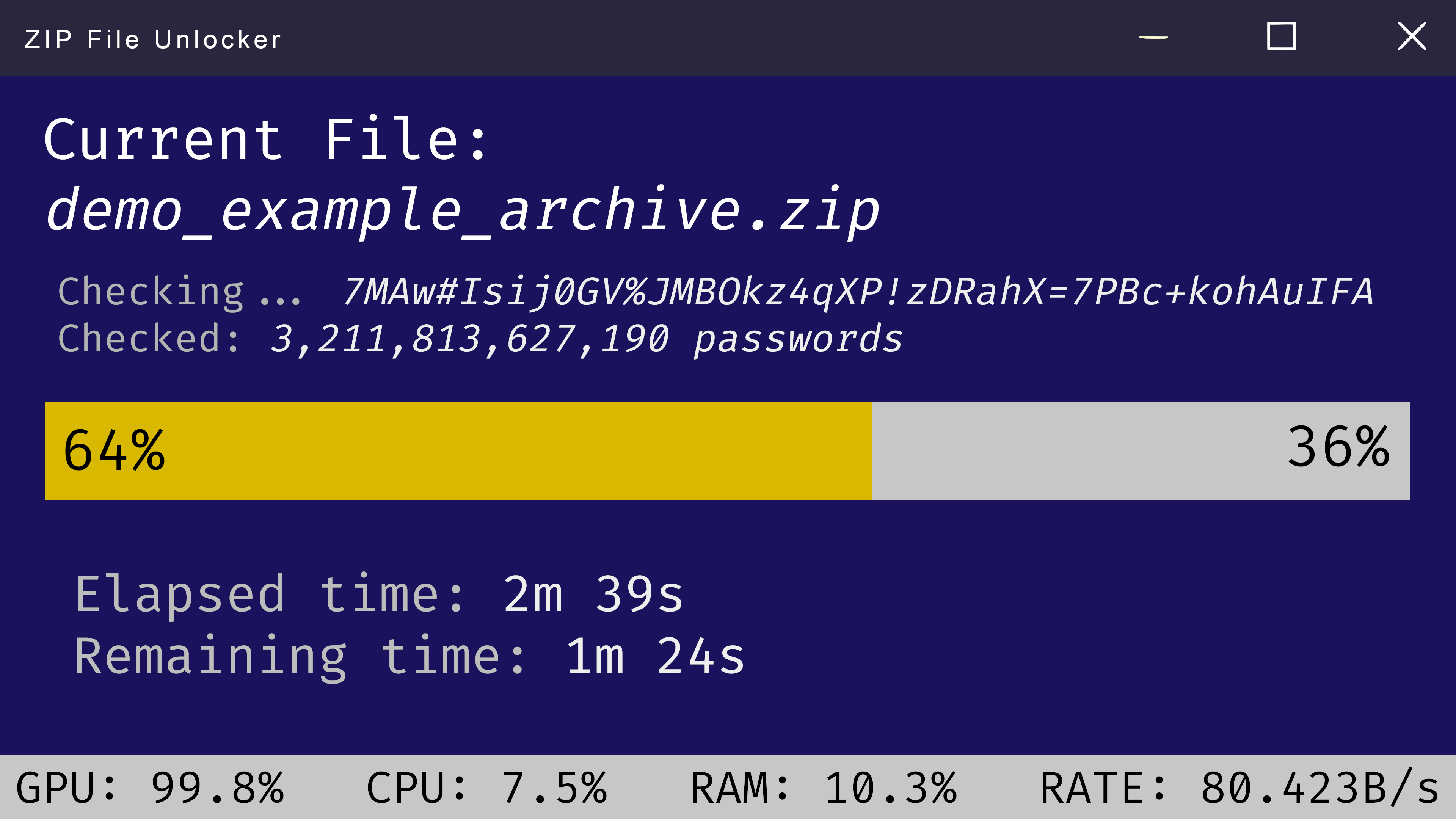How to Get a File Password
Losing access to important files locked behind a password can be incredibly frustrating. Whether it's a forgotten password or an inherited file, knowing how to get a file password can save you time and headaches. This article will explore different methods to unlock password-protected files, ranging from password recovery tools to more advanced techniques.
Understanding File Passwords and Encryption
Before diving into the methods, it's essential to understand how file passwords and encryption work. When you set a password on a file, you're essentially encrypting its contents, making it unreadable without the correct password. The strength of the encryption and the complexity of the password determine how secure the file is.
Methods to Get a File Password
There's no one-size-fits-all solution to retrieve a file password. The best approach depends on the type of file, the strength of the encryption, and the resources available to you.
1. Password Recovery Software
Several software programs are specifically designed to recover or crack file passwords. These programs typically use brute-force or dictionary attacks to try different password combinations. Popular options include:
- PassFab for PDF: Effective for recovering passwords from PDF files.
- John the Ripper: A powerful open-source password cracker for various file types.
- Advanced Archive Password Recovery: Can recover passwords from archives like ZIP and RAR.
While password recovery software can be effective, the success rate depends on the password's complexity. Strong passwords with a mix of characters, numbers, and symbols can take a long time to crack.
2. Online Password Recovery Services
Several online services offer password recovery for various file types. These services often utilize cloud-based processing power to crack passwords more quickly. Some popular options include:
- LostMyPass: Offers recovery for a wide range of file types.
- Password.online: Specializes in recovering passwords for ZIP and RAR archives.
Be cautious when using online services, as you'll be uploading your encrypted files to their servers. Ensure you choose a reputable and secure service.
3. Trying Common Passwords
If you have an idea of the password's creator, try common passwords they might have used. This could include birthdays, pet names, or simple combinations. However, this method is only effective if the password is weak.
4. Contacting the File Creator
If you received the file from someone else, the easiest way to get the password might be to contact them. They may be willing to share the password or help you access the file.
5. Password Hints
Some applications or programs offer password hints when setting up file protection. Check if the file has any associated hints that can jog your memory.
Advanced Techniques (for Experienced Users)
For highly secured files, more advanced techniques may be required. These methods often involve specialized knowledge and tools:
- Brute-force Attacks: This method involves trying every possible password combination until the correct one is found. It's time-consuming and requires powerful computing resources.
- Dictionary Attacks: Similar to brute-force attacks, but instead of trying all possible combinations, dictionary attacks use a list of common passwords.
- Rainbow Table Attacks: This technique uses pre-computed tables to crack hashed passwords. It can be faster than brute-force attacks but requires specialized tools and knowledge.
These advanced techniques are best left to cybersecurity professionals as they can be complex and time-consuming.
Preventing Future Password Issues
The best way to avoid losing access to important files is to prevent password issues in the first place. Here are some tips:
- Create strong and unique passwords: Use a combination of upper and lowercase letters, numbers, and symbols.
- Use a password manager: A password manager can securely store your passwords and make it easier to create and remember strong passwords.
- Back up your files regularly: Ensure you have a backup of your important files in case of data loss.
Conclusion
While losing access to password-protected files can be frustrating, various methods are available to help you recover or bypass the password. From password recovery software to advanced techniques, you have options. However, prevention is always better than cure. By creating strong passwords and using secure practices, you can minimize the risk of losing access to your valuable data in the future.


 Windows
Windows MacOS
MacOS Linux
Linux